SRIXON REVO CV 3.0 TOUR TECHNOLOGY
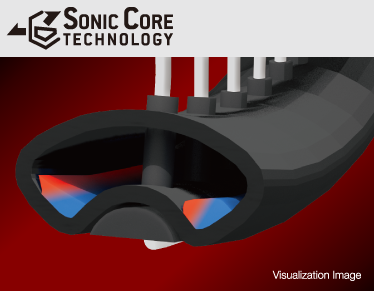
Optimizing Repulsion and Hold
Sonic Core Technology
A special “Sonic Core” design (leveraging high-resilience urethane and silicon materials) is incorporated in the frame face section. By specifically combining these two materials for each model, the technology optimizes repulsion and hold for easy and accurate spin while enhancing the specific racket characteristics.
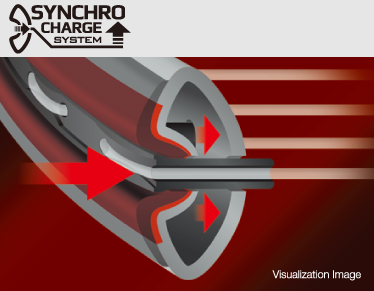
Enhancing biting and swing-throughs in the upper part
Synchro Charge System
Low string elasticity in the upper part of the racket leads to poor biting and stability when hitting felt stiff and hard. To rectify this, the “Synchro Charge System” is employed at the frame top; successfully reducing deflection and shock at off-center shots and improving upper-part biting, swing-throughs and hitting feel.
* Patent pending
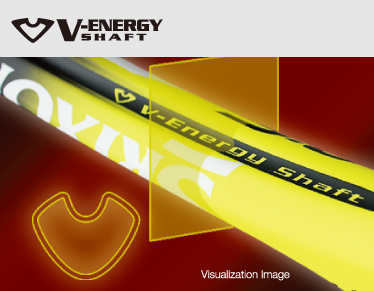
Shoring up your hitting feel for easy power shots
V Energy Shaft
The “V Energy Shaft” design with a V-shaped cross-section optimizes stiffness, providing a firm bite and strong power at the first and latter halves (low- and high-load zones) of impact respectively. The design thus achieves both the excellent bite and resilience an excellent power racket needs.
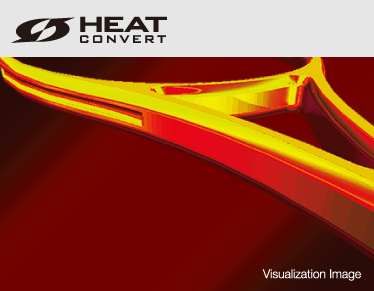
Converting shock to heat energy
Heat Conversion Design
Heat energy conversion technology applied to the frame design converts vibration and shock on impact into heat energy; achieving high-vibration absorption without any increased weight or reduced strength.
* Patent Nos.: 3970865/4041031
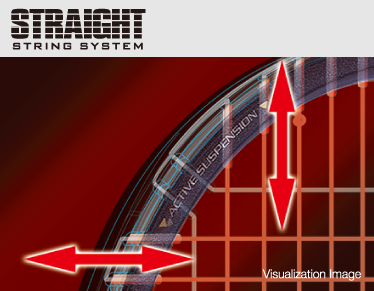
Enlarging the effective string bed hitting area
Straight String System
The sweet spot has increased due to an enlarged effective hitting area on the string bed as the result of using a design in which the string holes and strings are aligned in straight lines.
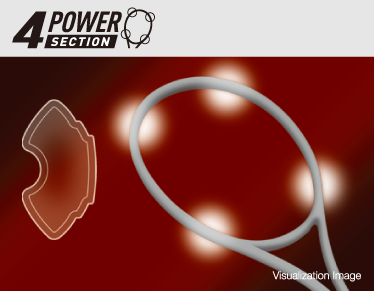
For outstanding resilience and stability
Four Power Section Design
A deformation-resistant power section shape is used in four locations vulnerable to deformation on impact to suppress head deflection, achieving excellent resilience and stability while minimizing power loss and control failure.

